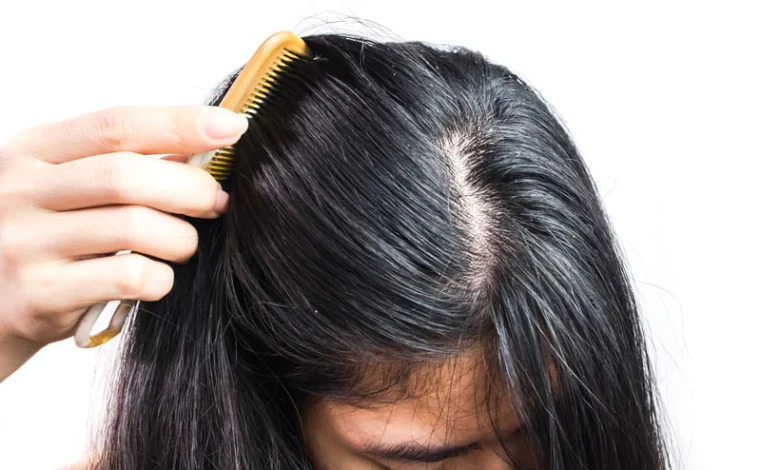How to get rid of scalp sebum: A useful guide for you

You are all aware that oily hair and skin are popular skin problems, but few people realize that many natural oils are necessary for healthy hair and skin. Without enough oil, your scalp will become dry and flaky. In this article, you’ll find information about the importance of sebum to hair and how to get rid of scalp sebum. So without any ado, let’s get started;
What Is Sebum?
Sebum is the oil that naturally secretes from your body and escapes through your skin and hair follicles. It has antibacterial qualities and is essential in reducing moisture loss from the skin.
While sebaceous glands can be found throughout the human body, they are located in the scalp, face, and upper trunk. When sebaceous glands, found just below the skin’s surface, break down, they secrete sebum. The oil contains a wide variety of lipids, such as glycerides, fatty acids, squalene, and cholesterol. Sebum is necessary, but too much might cause issues.
Can Sebum Overproduction Lead to Hair Loss?
For beautiful hair, it’s crucial to take care of your scalp. While an overactive sebaceous gland or a layer of sebum on the scalp are not directly responsible for hair loss, they are often connected with the thinning of one’s mane.
Seborrheic dermatitis is an inflammation affecting the sebaceous gland-rich parts of the body, such as the scalp. It’s caused by many factors, including an overactive immune system and an overgrowth of a fungus called Malassezia that lives on the skin.
In addition to causing itching and flaking, inflammation surrounding the hair follicles can decrease their connection to the skin, leading to hair loss.
If your sebum has dried out or hardened, it’s a sign that your scalp is unhealthy, which can lead to secondary infections and hair fall, both of which can cause hair loss.
It’s essential to maintain a steady flow of sebum. Both too much and too little might cause unwanted hair loss and skin dryness.
How Can Scalp Sebum Production Be Reduced?
Everyone produces different amounts of sebum based on the activity of their sebaceous glands. The amount of sebum produced on your scalp and your hair’s durability are both affected by what you consume. You must eat a balanced diet that contains foods high in vitamins, proteins, and antioxidants. You should limit your consumption of high-glycemic-index foods. This keeps your hair thick and healthy, protecting it from breakage and thinning.
It is possible to avoid sebum buildup on the scalp by washing hair daily with a suitable shampoo. Invest more time and energy into researching the shampoos, conditioners, serums, and gels used on your hair. They may include chemicals that are too harsh for your scalp and strip it of its natural oils.
How Can I Remove Scalp Sebum Plugs?
Warm water scalp washes are the first line of defense against a buildup of sebum in the hair and scalp. The next step is to apply a gentle shampoo and massage your scalp softly with your fingertips. This will soften up all the dried, sticky sebum on your scalp. Sebum builds up on the scalp, not the hair. While shampooing, it’s best to avoid roughly rubbing the hair and letting it run through the strands. Finally, condition your hair after rinsing it thoroughly with warm water.




